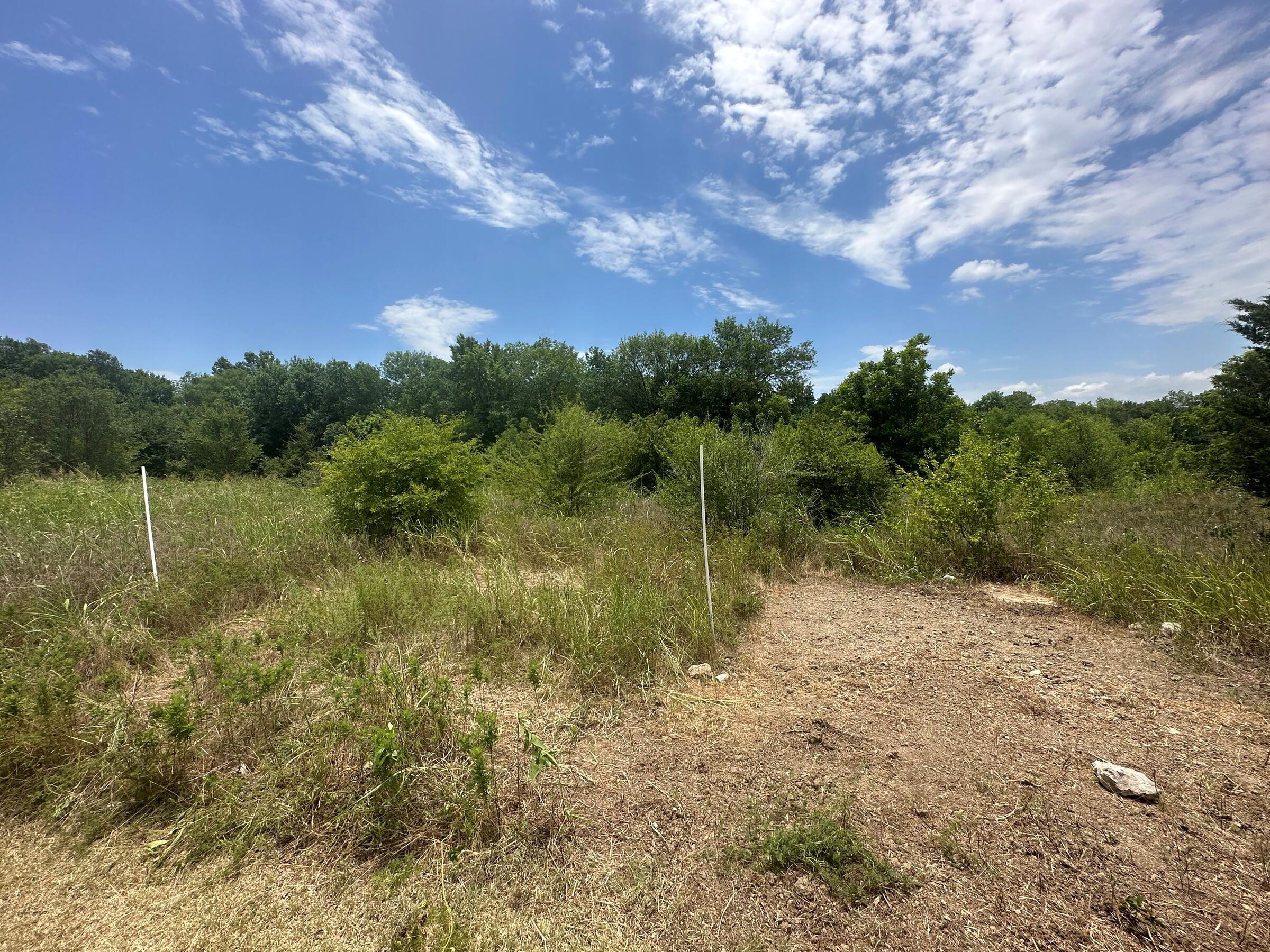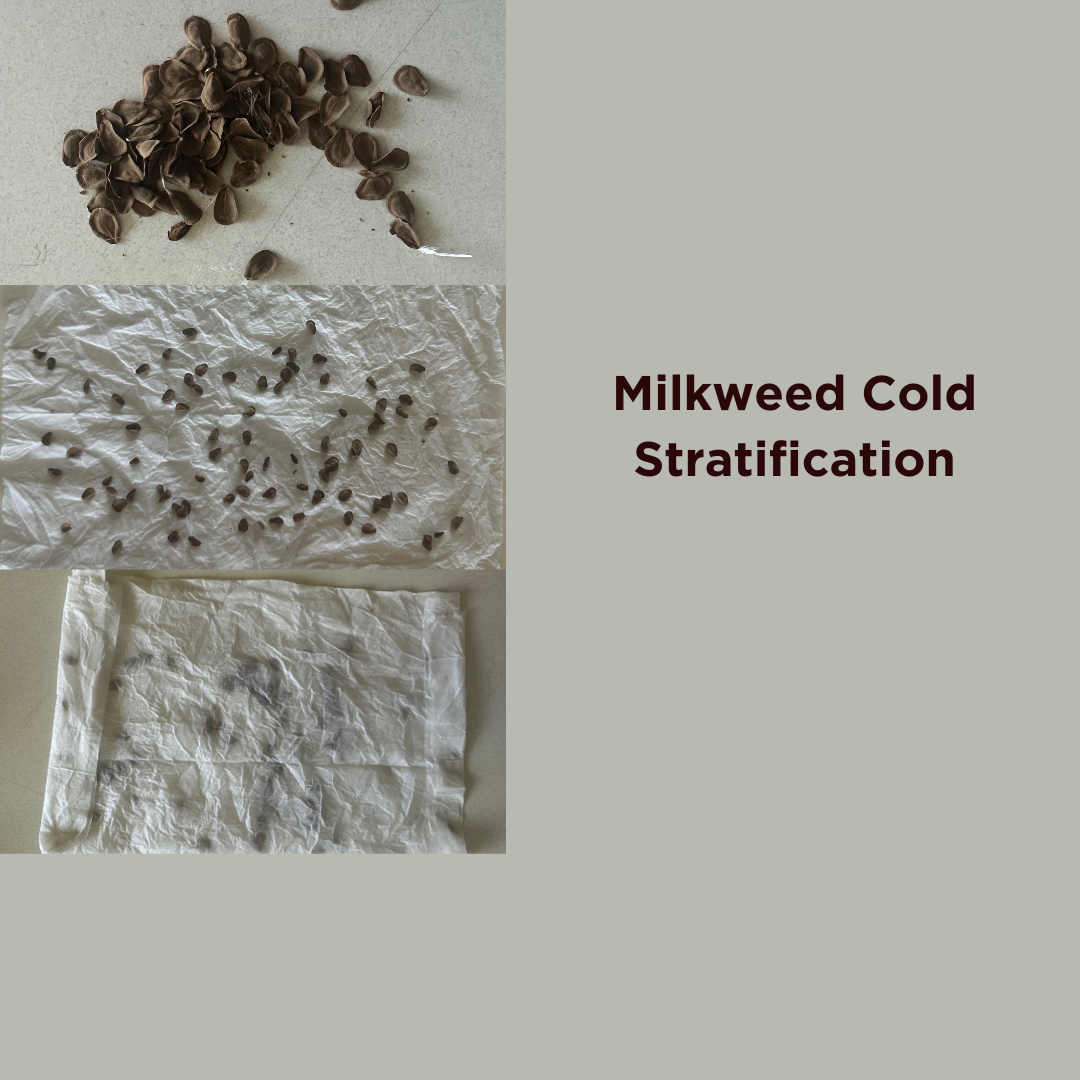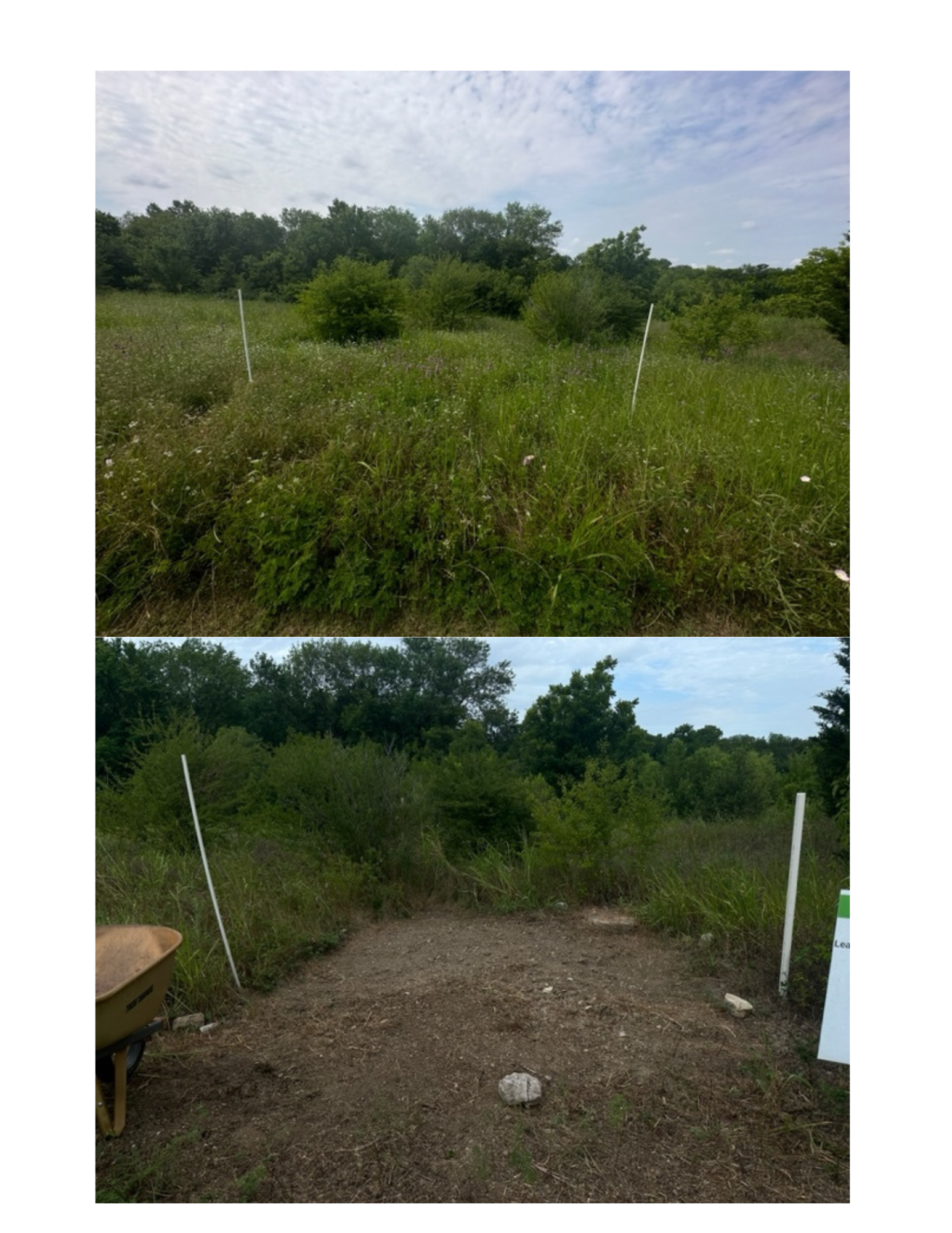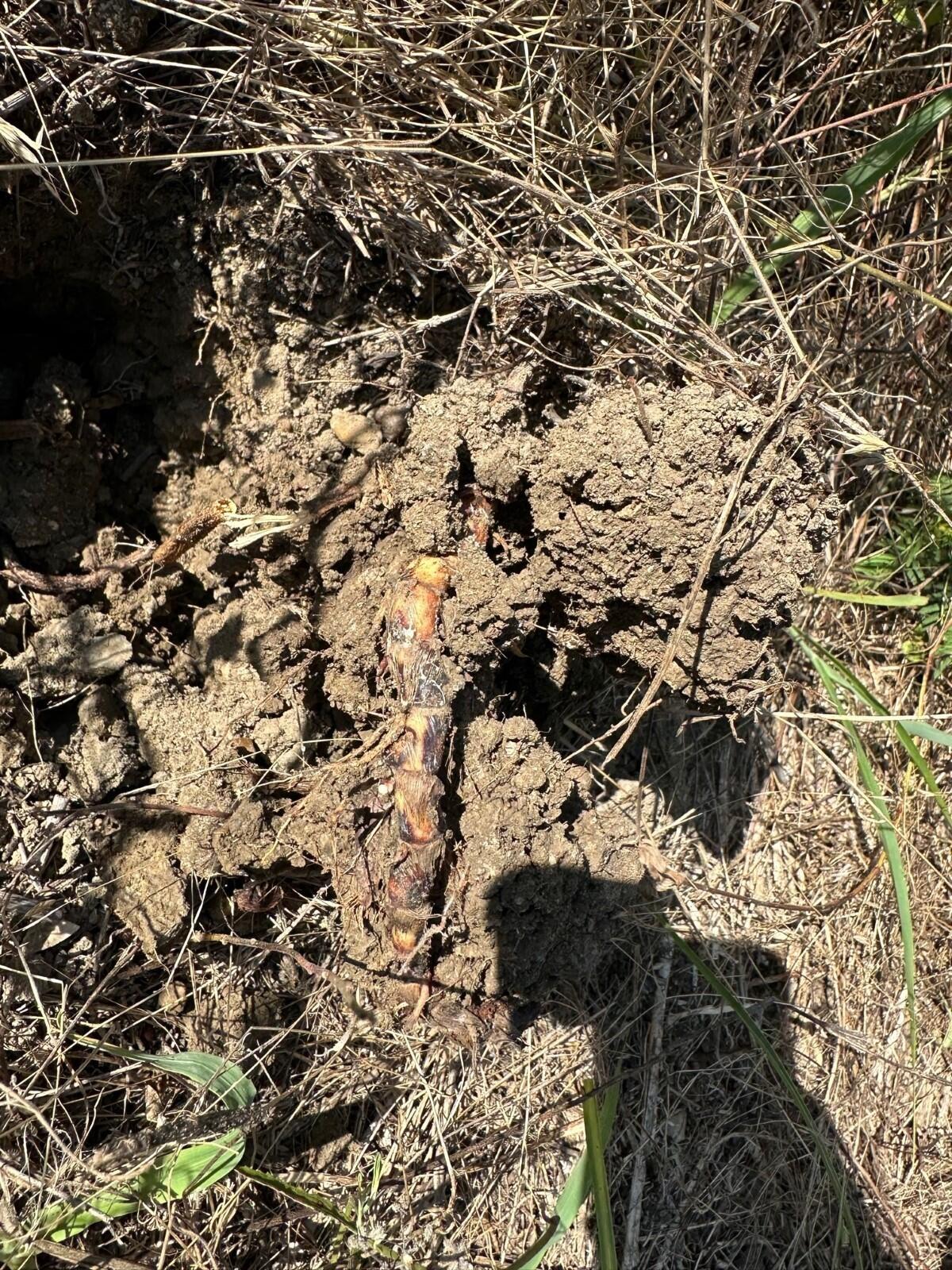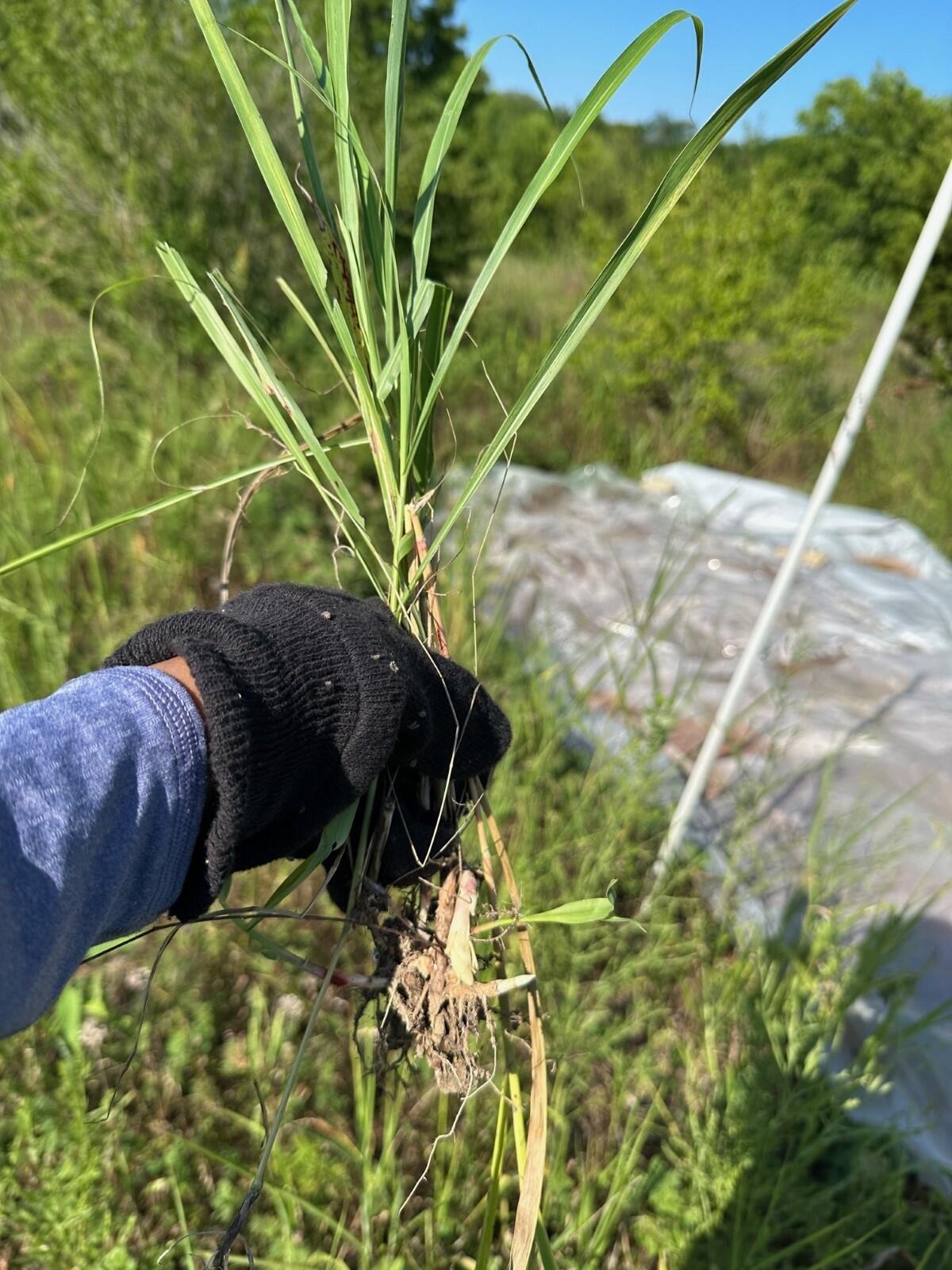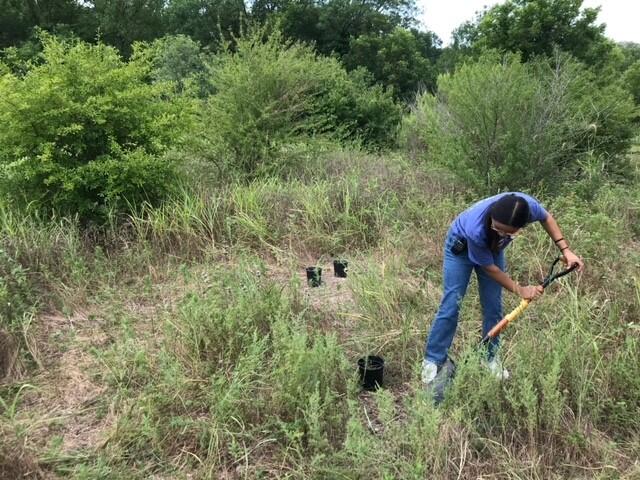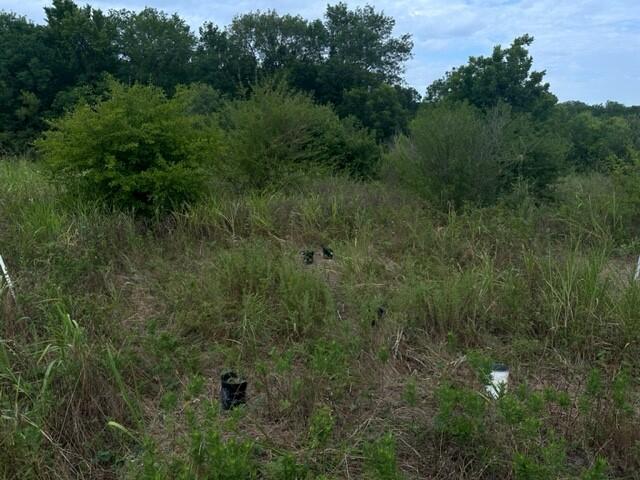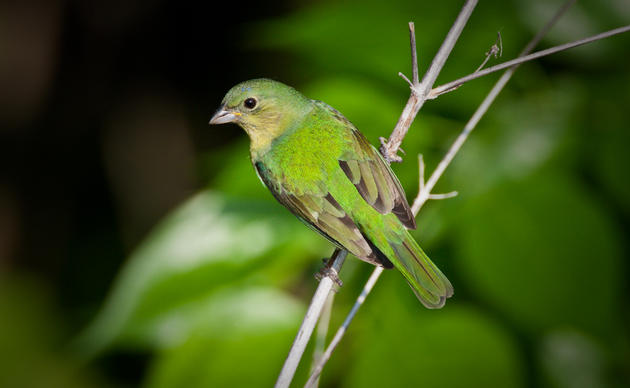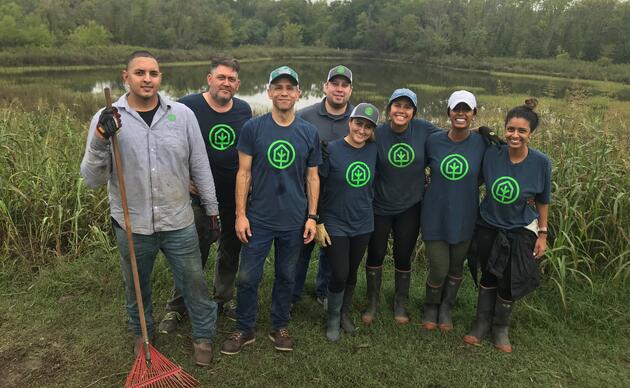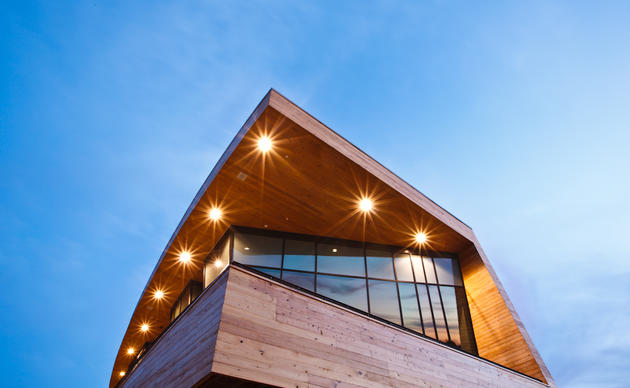Collecting and acquiring seeds
There are two general ways to collect native seeds. One of these requires you to already have access to native plants, but since that’s not always the case, I will provide some suggestions on where to obtain these seeds.
It’s important to remember when collecting seeds, to ensure they are fully ripe, or else they are not viable. Ripe seeds for the majority of grasses are firm and a tan color, but it differs with other species of plants.
Wildflower.org is a great website that provides the physical characteristics of any plant, its bloom time, growing conditions and its benefits to the environment. Any time after a plants’ bloom time is generally a good time to collect seeds, just remember ripe seeds are firm, not soft.
If you are starting completely from scratch, seedsource is a great website to purchase a variety of seed mixes to get you started! I am using their Blackland Prairie and Eastern Savanah grass mix on Cruz’s Corner! An alternative to purchasing your seeds is to collect them yourself. Seed collecting is prohibited on Texas Parks and Wildlife property, but certain government agencies allow seed collecting with special permits. Be sure to confirm with the facility you are planning on collecting seeds ahead of time, but you can always collect seeds on private property with a landowner's approval.
Seed Propagation basics
You have your seeds, now what?
Some plants, like milkweed, require cold stratification in their propagation process. This means the seeds need to be stored at 33-38° C, which is achievable in your fridge. This process is simple, just follow the steps below once you have acquired your seeds!
-
Sprinkle seeds on a damp paper towel and fold it
-
Place it inside a Ziploc bag and store it in a safe place inside your refrigerator
-
After 30 days, check for some sprouting seeds and plant them immediately
If you are planning on planting your seeds in the fall like suggested, you can simply sprinkle your seed mix onto a bed of soil, lightly cover it with more soil and water it frequently. It's important to note that perennial grasses can be planted onto your prairie at any time of the year, so I suggest you plant these in a tray with a couple inches of soil and transplant it into a bigger individual pot when it has sprouted. Once the growth is about 5 inches, the grass is ready to call the prairie its forever home!
What is it all for?
Other than its benefits to habitat and wildlife, green spaces are important because they help mitigate pollution and the urban heat island effect, which is caused by us! However, not only does it have some environmental benefits, but it also has mental health benefits such as preventing depression and anxiety. Not only that, but green spaces also serve as a stress reliever as well. We live in a symbiotic relationship with the earth, which is why it's important to keep green spaces around, and advocate for their presence where they are absent.
The City of Dallas is currently working towards achieving a 33% more canopy cover, 20% reduction in urban heat island index and have 80% of the population live within a mile from a park or trail by 2030. Although these are still works in progress, they are a foundation for an environmentally conscious future that addresses some climate change issues.
Updates on Cruz’s Corner
After a month of having the solarization tarp up, I decided to remove the tarp and dive head-on into clearing out the dead vegetation with a rake and remove the remaining green vegetation with a pitchfork. I don’t recommend doing a solarized plot in the summer because it means you will be outside in the Texas heat, with hard soil to work with. If you don’t live in Texas, then you are pretty lucky!
Since the remaining vegetation I had to tackle was Johnson Grass (public enemy #1), I had to ensure I dug up the roots as well. Let me tell you, it's easier said than done! As I continued to dig up the Johnson Grass, I also attempted to break up the soil with the rake to make it easier when I sow the seeds. Keep this in mind when you are working on your solarized plot!
When you are ready to introduce your seeds to their forever home, simply sprinkle the seeds and distribute them with a rake so they have a chance to mix in the soil. Now, the real waiting game has begun!
This is the tail end of my internship. The Audubon staff will post updates of the prairie progress on my blog. So stay tuned in the future folks!
How you can help, right now
Volunteer With Us
Give back, use your skills, and learn more about the wild side of Dallas by volunteering with us.
Support Our Center
Conservation and outdoor education along the Great Trinity Forest and the Trinity River.

